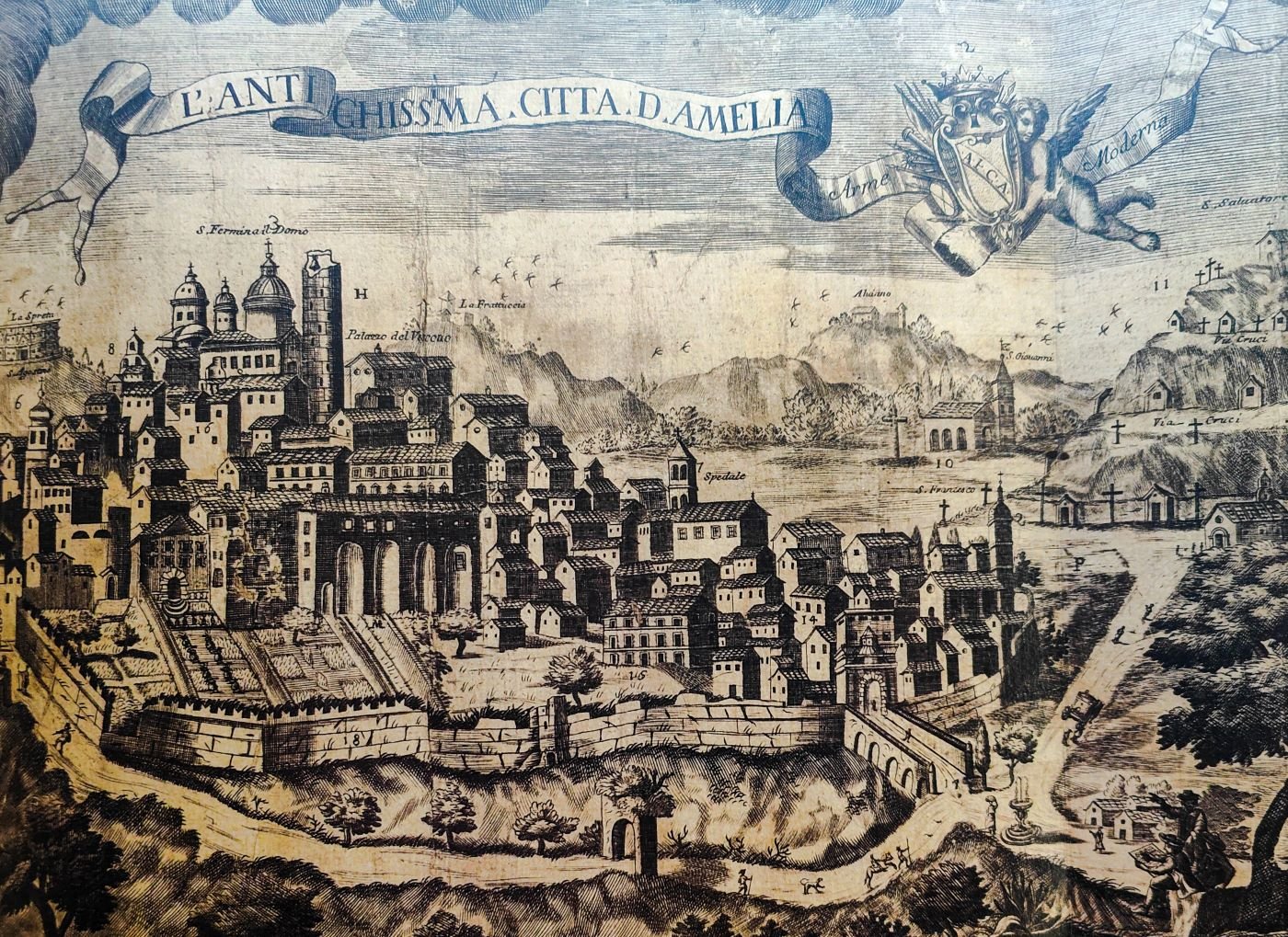
Amelia International Conservation Studies
Experiencing Traditional Painting Materials, Methods and Restoration Issues - in the workshop of a Maestro
Program Description
This is an immersive course designed for students from various backgrounds with a direct or indirect relationship with art, as well as enthusiasts who want to deepen their understanding of the techniques and tools used in painting through the centuries, as well as the challenges of preserving and repairing old artworks.
Through a combination of lectures, demonstrations, hands-on exercises, and visits to museums and studios, students will develop their skills and appreciation of the procedures for obtaining different types of traditional paintings.
Students will learn about the various approaches to the different techniques of painting, starting from scratch in carrying out the preparation of the supports, the different kinds of grounds-preparatory layers and eventually the painting with possible protection where it is needed, according to the tradition.
They will learn about the properties, preparation, and use of natural pigments, mediums, varnishes, and supports, as well as their historical and cultural context. They will also explore different types of brushes, and many other tools involved in the elaboration of a painting.
Restoration: In this section, students will learn about the common problems affecting old paintings depending on the combination of the different materials, which can lead in extreme cases to severe losses, as well as the ethical and practical issues related to their preservation and restoration. They will also visit conservation laboratories and talk to experts in the field.
Throughout the course, students can expect to gain:
- An in-depth knowledge of traditional painting materials, methods, and restoration issues, as well as historical context and cultural significance.
- A practical experience of painting with traditional tools and techniques, under the guidance of an expert.
- An appreciation of the challenges and rewards of conservation and restoration, and the role of science, ethics, and aesthetics in these fields. Students will have the opportunity to take home the paintings executed using various techniques.
- A network of connections with instructors and professionals in the preservation field.
At the end of the course, students will have a new set of skills, insights, and connections that will enable them to pursue their own projects and interests in the field of painting, and to appreciate the legacy and diversity of painting traditions.
Amelia International Conservation Studies
June 8 - July 3, 2026
Amelia, Italy
Course 1
Instructor: Prof. Nikolas Vakalis
Traditional Painting Materials & Methods
This course provides a comprehensive exploration of the traditional painting materials and techniques that were commonly employed in Italy during the Middle Ages and the Renaissance.
With a primary focus on individuals aspiring to study art conservation, the course also investigates the factors that accelerate the deterioration of these materials, along with the various restoration approaches employed to address them.
Along with the execution of the different painting techniques, the students will learn how restoration has evolved both in terms of principles and techniques. There will be a practical exercise to the detachment of paintings, which will be conducted in the laboratory using the "strappo" technique. In addition to the significant technical aspects and the history of mural painting displacement, by applying this technique, students will have the opportunity to take home their own fresco at the end of the course.
Course 2
Instructor: Prof. Alberto Sucato
History, Theory and Ethics of Restoration
Students who successfully complete this course will be able to:
• Inquiry into artworks’ life and identity from various conservation perspectives, identifying the constituent materials and the methods of the making while taking into account the artworks’ materiality in a broader sense.
• Develop a critical attitude towards conservation as a wide-ranging and multifold discipline, made up by the requirements of the object as well as cultural, subject-dependent context.
• Critique and explain through writing various strategies and philosophical differences between different approaches to restoration.
• Summarize and discuss pertinent issues related to the ethics of conservation and restoration.



